The Chinese People’s Liberation Army (PLA) The Chinese Air Force has modernized over the past 35 years at a rate that has few competitors in the world, and the force relied heavily on, and continues to receive, 1950s fighter designs in 1988 to be in deployment today On the cusp of the world’s first sixth-generation fighter jets, the country is developing alongside the United States. China in 2017 became one of only two countries in the world to deploy indigenous fifth-generation fighter jets — a position it partially holds today, as only the Chinese Air Force and the U.S. military field such fighters at the squadron level — — and is likely today to be the first county ever to produce two squads of fifth-generation fighters in series at the same time. This is in stark contrast to China’s situation in the 1980s, when it relied on second-generation J-6 fighter jets (a derivative of the MiG-19 that first flew during the Korean War in 1952) to make up the majority of its air force, with no actual combat aircraft in service. Third generation fighter. That puts it about 30 years behind industry leaders the United States and the Soviet Union. While the J-6s began their gradual retirement in the early 1990s and saw the last of them retire from their final trainer role in the late 2010s, their legacy of more than 20 years as the PLA’s workhorse fighter can be seen at the China Aviation Museum in Beijing.

Members of a military observation mission recently visited the China Aviation Museum and were able to observe and photograph some of the hundreds of military aircraft on display there. What’s particularly noteworthy and unusual about the museum is that it has a large display of fighter jets from the same class, though sometimes in different variants, and in such a long lineup that it looks more like an air force base lineup. These fighters are usually displayed in the same color and from the same unit – this is in stark contrast to most museums which only display one or two aircraft per level. The large-scale deployment of ordinary classes means that the museum has more fighter planes than the air forces of most small and medium-sized countries. Reflecting the former composition of China’s fighter fleet, the J-6 features prominently in the museum’s fleet, with dozens on display as well as dozens of the newer J-7 – a derivative of the Soviet MiG-21, which fought in the cold Produced in limited numbers during the war, mainly for export, but mass construction began in the 1990s, as new generation enhanced variants such as the J-7E began rapidly replacing J-6 units and integrating third and fourth generation technology. The 1990s were a decade of change for China’s combat aviation, an area that received significant attention from the political leadership due to the central role of air power during the 1991 Gulf War. This focus on aviation coincided with a series of available new technologies from the post-Superpower successor states that brought China’s combat aviation to the fourth generation level.
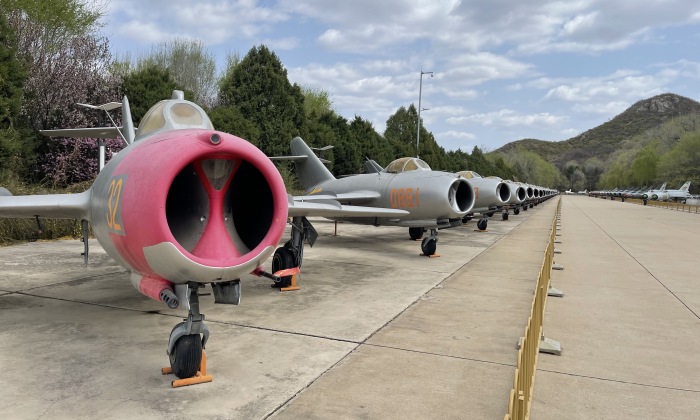
The J-6 was produced in significantly greater numbers in China than the original MiG-19 was produced in the Soviet Union, and the reliability issues that affected the original have largely been resolved by Chinese designers, while new features, including integration with the wider Compatibility for the missile class is gradually added in newer iterations of the aircraft. A two-seat trainer variant, the JJ-6, and a dedicated ground-attack variant, the Q-5, were also developed when the Soviet Union did not have an equivalent aircraft. The Q-5 also forms a large part of the China Aviation Museum display, showing multiple squadrons of value. Production of the J-6 was established with strong Soviet support, and its successor, the J-7, was developed through reverse engineering, primarily using MiG-21 blueprints and parts obtained from the Soviet Union. After supplying China with its first jet fighters, the MiG-9 and MIG-15, between 1949 and 1950, the Soviet Union played a central role in technology transfer and know-how for the emergence of the country’s aviation industry, which began The airframe was built in the Soviet Union for basic assembly, but by the end of the 1950s a stage had been reached where fully indigenous production of the fighter could be achieved. It was part of a massive technology transfer aimed at industrializing multiple sectors of the Chinese economy before the new Nikita Khrushchev government in Moscow oversaw a severe deterioration in relations between the two countries a decade ago.
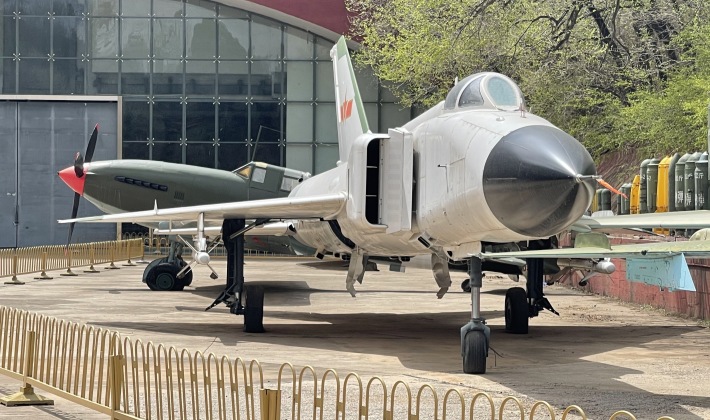
In addition to the flagship J-6, Q-5 and J-7, the China Aviation Museum also houses a range of other fighter jets, including some J-8 interceptors and a J-8 II interceptor. The J-8 was developed during the Cold War under a troubled program as a heavy twin-engine counterpart to the J-7, but despite its simplicity, it wasn’t until the 1990s when the enhanced J-8 II variant entered service with a heavy load that Little progress has been made with a revised design, larger radar and fourth-generation avionics and armament. Also on display indoors is a J-10 fighter jet — China’s first fully self-developed fourth-generation fighter jet — which entered service in 2004. While far from stellar when first fielded, the enhanced J-10C variant, which joined the fleet in 2018, is close to being a contender for the title of the world’s most powerful single-engine fighter today – and is being produced on a larger scale than the world’s most powerful single-engine fighter except the US F-35. Bigger than any other fighter. The J-10 represents a major milestone for China’s combat aviation, although it may be several years before a mass-produced J-10 is revealed. Speculation that earlier J-10A variants might be retired within the next decade has largely been dispelled by recent moves by the Air Force to integrate new engines and sensors into the aircraft, making some aspects of their performance With J-10C.
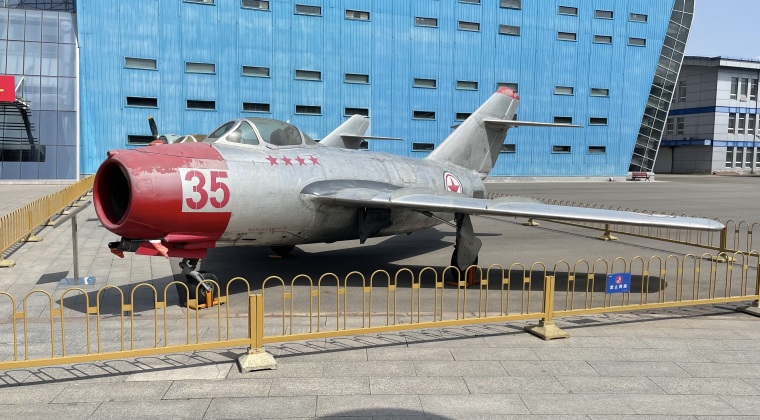
There are also several airframes that have experienced actual combat on display at the China Aviation Museum-the Soviet-made MiG-15 fighter jets used during the Korean War. Many of them are displayed in North Korean colors. The Korean War – known in China as the War to Resist U.S. Aggression and Aid Korea – saw the deployment of China’s air force to fight the fiercest fighting in its history and was of great significance. Less than ten months after the founding of the People’s Republic of China, the newly formed PLA Air Force was ill-prepared for large-scale air combat against a massive U.S.-led coalition, but performed well despite a lack of training, largely thanks to It mainly shows the advantages of MiG-15 relative to the western fighters at that time. MiGs have rendered the vast majority of Western fighter jets completely obsolete, and their ability to inflict heavy losses on American strategic bombers such as the B-29, which destroyed cities across Japan less than a decade ago, has Millions of casualties, with significant strategic implications for China’s security. Figures in the U.S. leadership at the time, including Supreme Allied Commander General Douglas MacArthur, lobbied vigorously for the expansion of the war to include an all-out attack on China’s population centers, as it had recently done against Japan, as U.S. strategic bombers proved to be effective against even The vulnerability of the few MiGs was a big factor in preventing this.
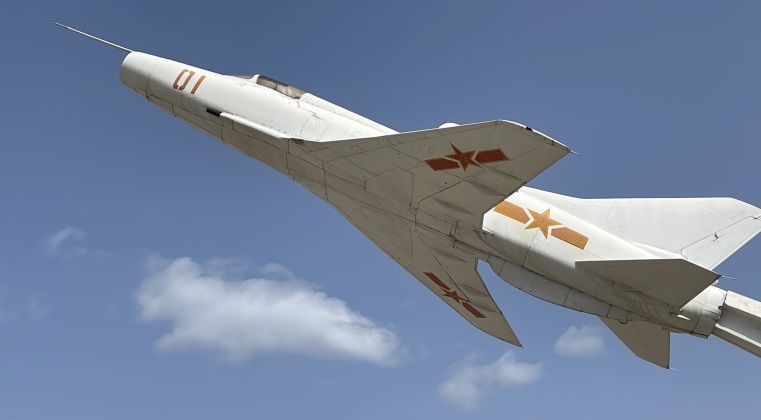
A number of rare aircraft are on special display outdoors, including the J-12 light fighter, which was developed in the late 1960s but never completed. The J-12 shares several similarities with the J-6, but is lighter and designed for short takeoff and landing at temporary airfields. This was considered highly valuable under Chinese military doctrine at the time, emphasizing the decentralization of operations and the widespread dispersion of key assets and facilities, with North Vietnam and North Korea’s experience under heavy Western bombing as a key influence. While it proved capable of taking off and landing as required, and the tests went well, the fighter’s performance was very limited compared to modern aircraft, largely due to the design compromises required to achieve its very short takeoff capability, which resulted in the The program was canceled in February 1978.
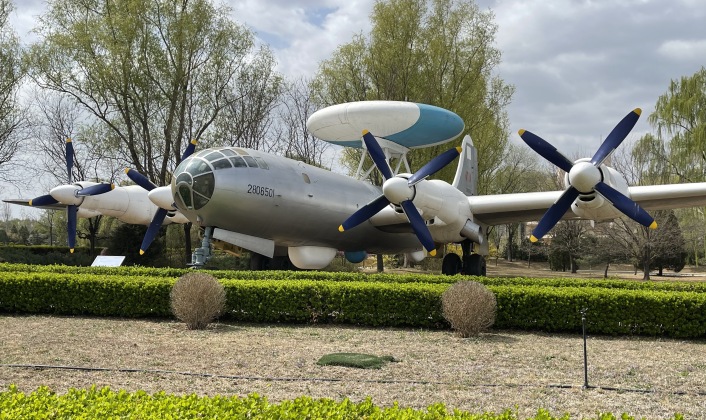
Another rare display is a one-of-a-kind KJ-1 prototype Airborne Early Warning and Control (AEW&C) aircraft, developed in the 1960s when a Tu-4 bomber was modified to fit the Type 843 rotating dome and Modern avionics. Although the Tu-4 fleet has a very interesting history in service with China, the project proved to be unsuccessful. Developed in the Soviet Union in the mid-1940s, the aircraft provided the Soviet Union with a long-range strike capability sufficient to deliver nuclear warheads to U.S. soil by reverse engineering American B-29 Superfortress bombers that had emergency-landed in the country. Way to strike. However, the B-29 design and the B-29 itself quickly became obsolete in the 1950s, as the Soviet Union introduced the more advanced Tu-95 and Tu-16 bombers, leading the country to donate part of its fleet to China. The donation provided the country with its first strategic bomber capability. By then, the PLA Air Force had become intimately familiar with the B-29’s capabilities after numerous encounters with American aircraft over South Korea, on which the Tu-4 was based. The China Aviation Museum also exhibits the original Tu-4 and domestic derivatives of the Soviet Tu-16 and Il-28 bombers from the early 1950s and late 1940s.
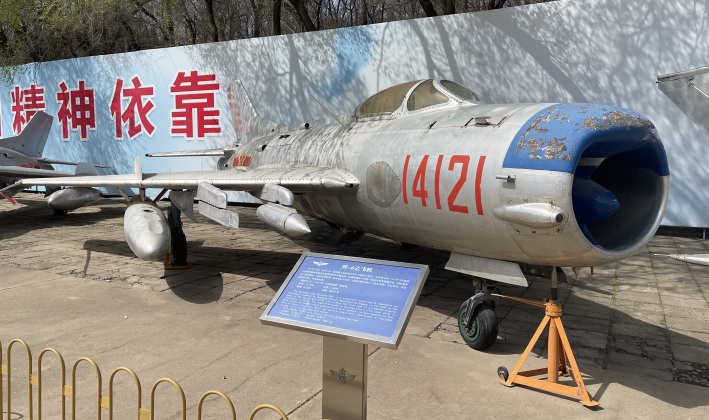
As China emerged as the leading power in military aviation, competing alone on an equal level with the United States, the China Aviation Museum displays extensive material on the history of the PLA Air Force and the country’s military aviation industry, highlighting the struggles faced during the Cold War and The pace of its development since the early 1990s. Because few of the aircraft on display are of a class that is still in service today, the museum stands in stark contrast to aviation museums in Western or Soviet successor states, where late Cold War equipment still forms the backbone of national fleets today—whether in The Su-27 shown in Belarus, the MiG-31 shown in Russia or the F-16 shown in the United States. China’s aviation industry went from catching up with its first 4th generation fighter jets in 2004, 25-30 years behind the US and Soviet Union, to deploying world-leading 5th generation fighter jets just 13 years later, now in a rapidly growing technology sector achieved a leading position in this field. Check out the large number of J-6 fighter jets in the China Aviation Museum, which were still the mainstay of the fleet 30 years ago, symbolizing recent progress.

